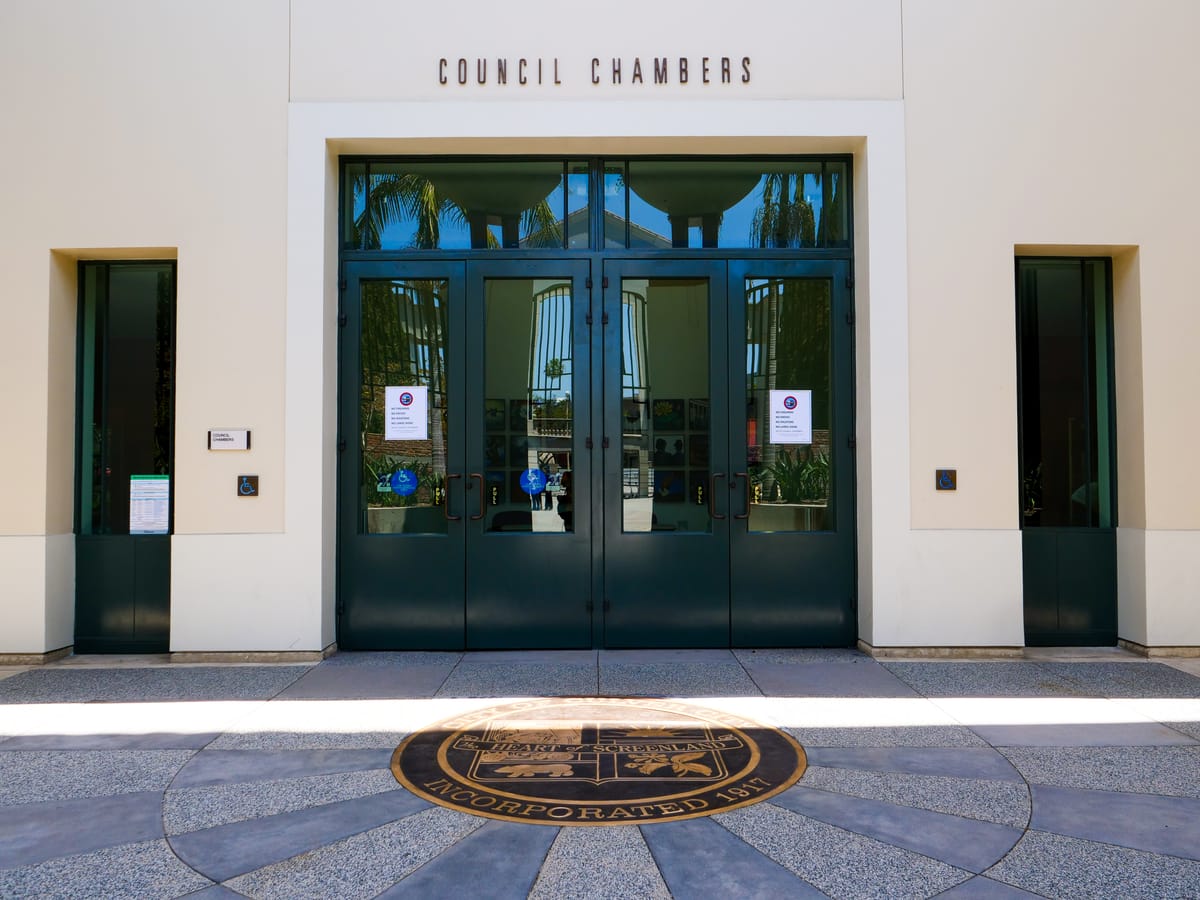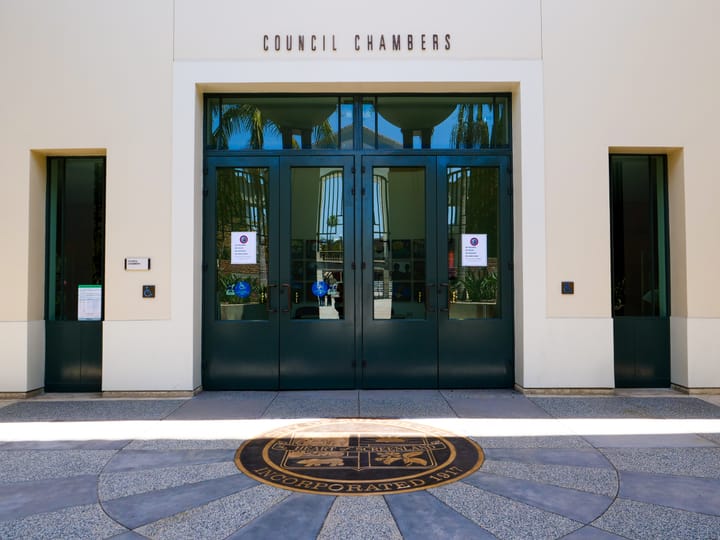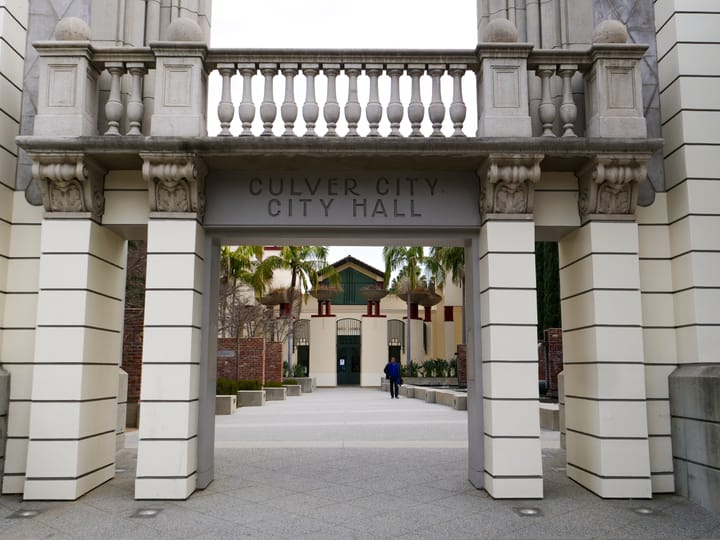Dear Culver City: A 30% contingency reserve saved our bacon
EDITOR'S NOTE: This piece and others in the "Dear Culver City" series are editorial pieces submitted by sources unaffiliated with Culver Crescent.

EDITOR'S NOTE: This piece and others in the "Dear Culver City" series are editorial pieces submitted by sources unaffiliated with Culver Crescent. The sentiments expressed in these articles do not represent or confirm the stance or opinions of Culver Crescent or any of its writers.
By Crystal Czarnecki Alexander
I've been tuning in to recent City Council meetings on the budget. One dangerous trend I'm seeing is a push — by some councilmembers and a few members of the public with no identified degrees, certifications, or experience in government finance — to convince us that the city's policy of holding 30% in reserves is excessive.
I am, in a word, appalled.
They've claimed publicly that this reserve policy is wrong, even comparing those who support it to robber barons hoarding riches. They cite the Government Finance Officers Association (GFOA), saying it recommends only 16.7% in reserves.
But here's the truth: the GFOA says reserves should be AT LEAST two months (or 16.7%) of operating expenditures — but it does not recommend a one-size-fits-all approach. Many well-managed cities aim for 15% to 25%, and some — like Culver City — require more based on real financial risk, a fact that Culver City Chief Financial Officer Lisa Soghor has told the City Council.
Let's be clear: this is not a theoretical exercise. Just look at Los Angeles, which is still struggling to dig out of the hole created by the cost of devastating winter fires and weather emergencies. Their proposed budget now includes steep cuts, layoffs, and reduced services — exactly what can happen when cities don't have enough reserves.
So why might Culver City reasonably maintain a 30% reserve?
The GFOA outlines circumstances that call for a higher reserve. Culver City is subject to many of these outlined parameters, including:
- Revenue volatility: We rely heavily on sales taxes and other cyclical revenue sources such as the business tax, the hotel tax (EN: Transient Occupancy Tax), and others. An economic downturn would hit us hard.
- High risk of emergencies: We live in a region prone to natural disasters, including earthquakes, wildfires, and floods.
- Capital infrastructure needs: Our city's public works infrastructure and parks system are aging. We must be prepared for repairs without resorting to costly borrowing.
To address each of these points, a 30% reserve is not excessive — it is prudent. The GFOA explicitly states that once reserves are used, there should be a plan to replenish them. What that means is if we drain them today for ongoing expenses, we may find ourselves with no cushion at all during the next natural disaster emergency or recession.
And we all know that will eventually happen sooner than later.
Despite all of these, we have elected and appointed officials who continue pushing an unsound financial narrative. They are ignoring best practices in municipal finance and putting our city's stability at grave risk. This would impact your family and mine.
Culver City's budget is not a guessing game. These are financial best practices grounded in years of education and experience. We should expect — and demand — that our city leaders make decisions informed by expertise, not ideology or political talking points.
Crystal Czarnecki Alexander is a former City Treasurer of Culver City and has served as a senior budget analyst for the City of Seattle and a budget analyst for the State of New York. She earned Bachelor's and Master's degrees in Public Administration from the University of Washington and professional certifications from the Government Finance Officers Association, the California Society of Municipal Finance Officers, and the California Municipal Treasurers Association.




Comments ()